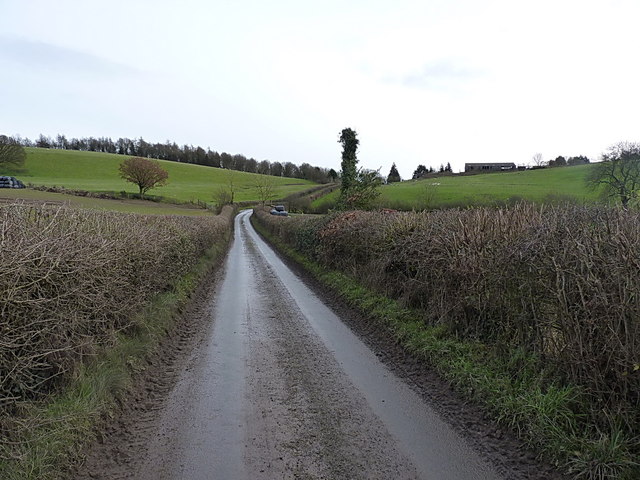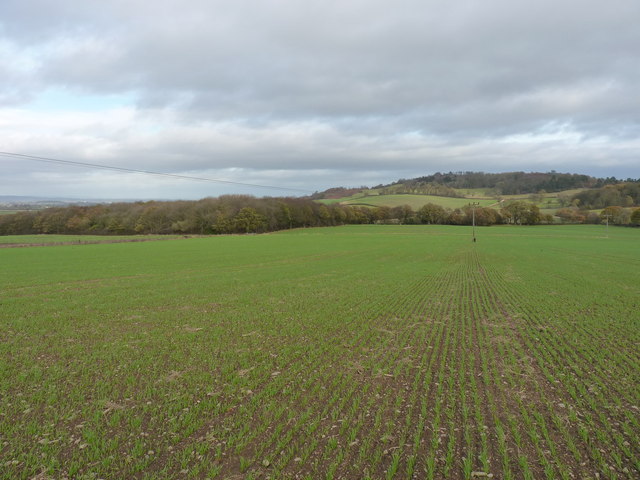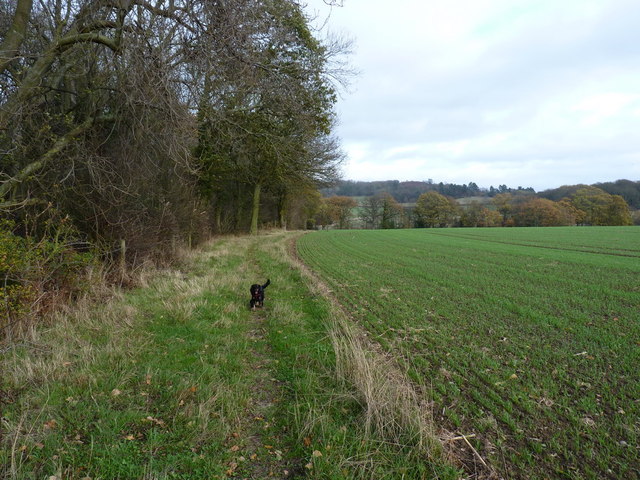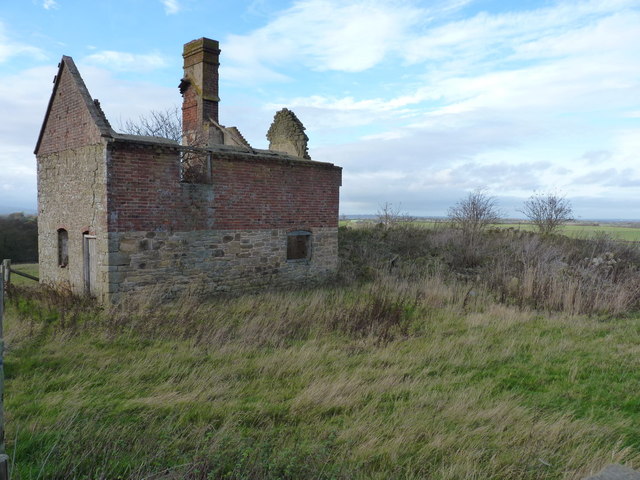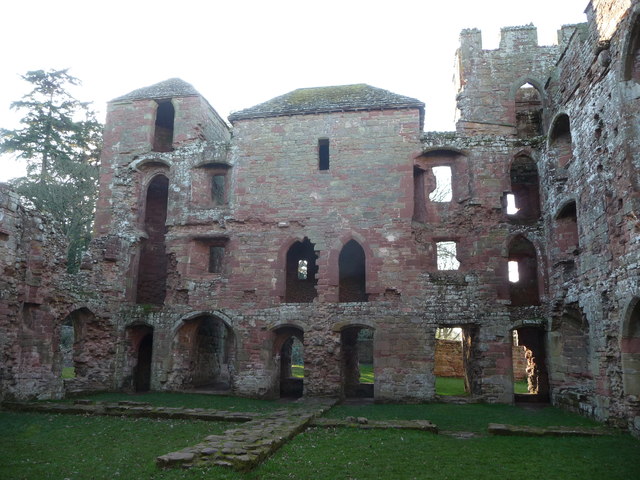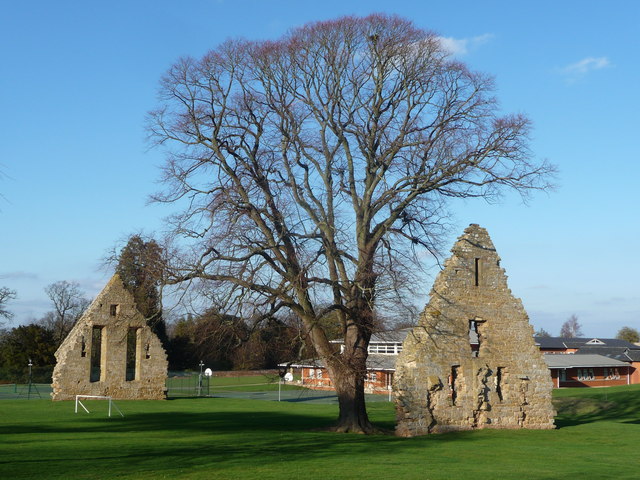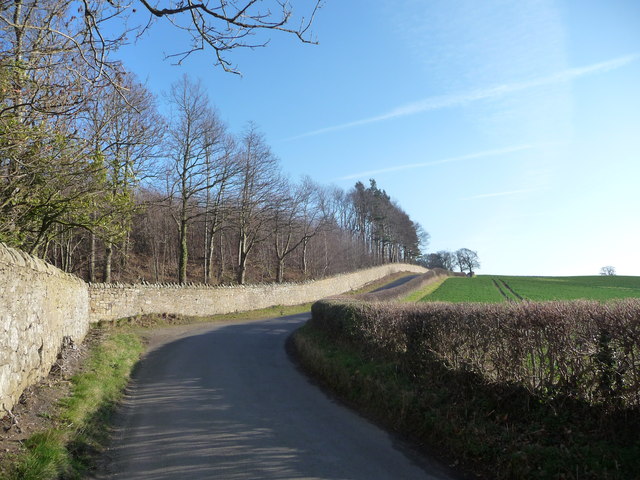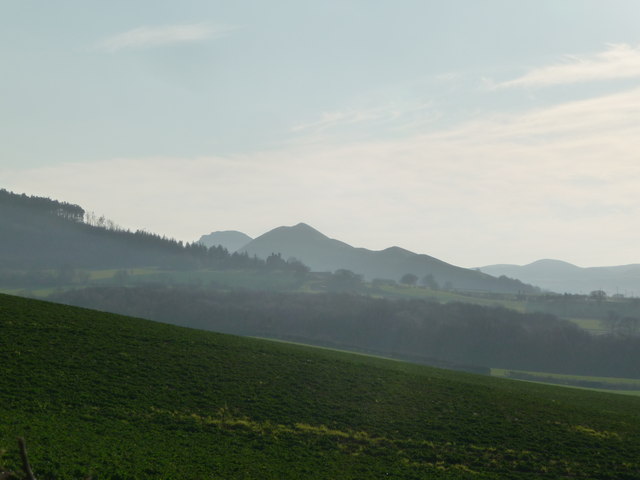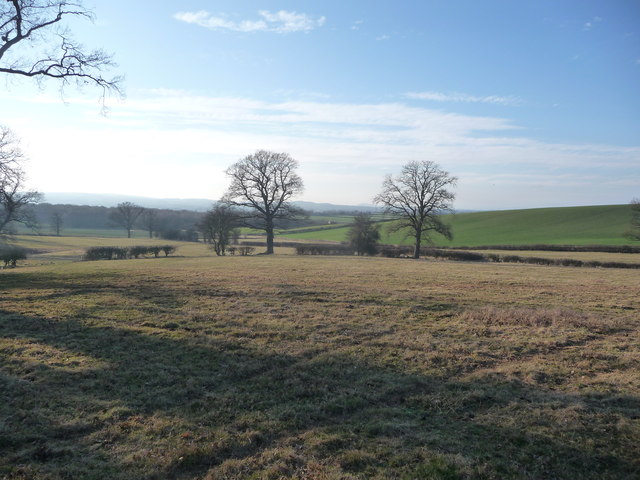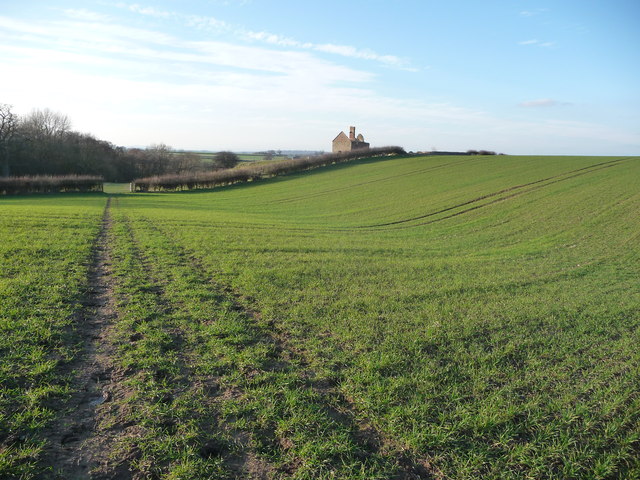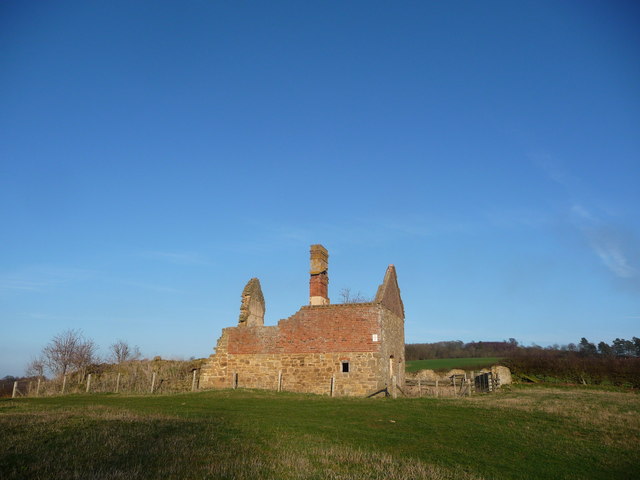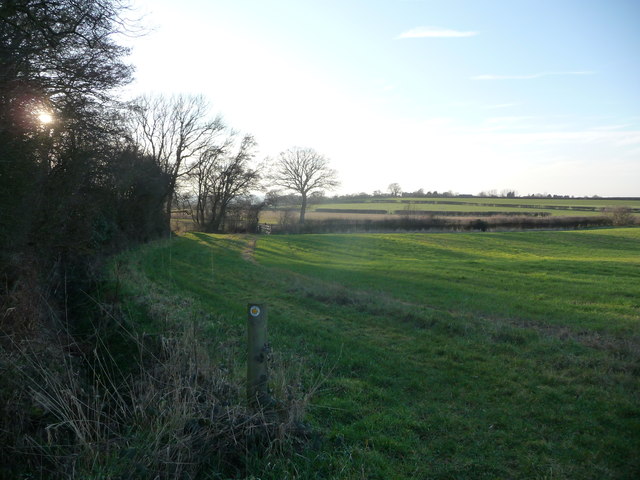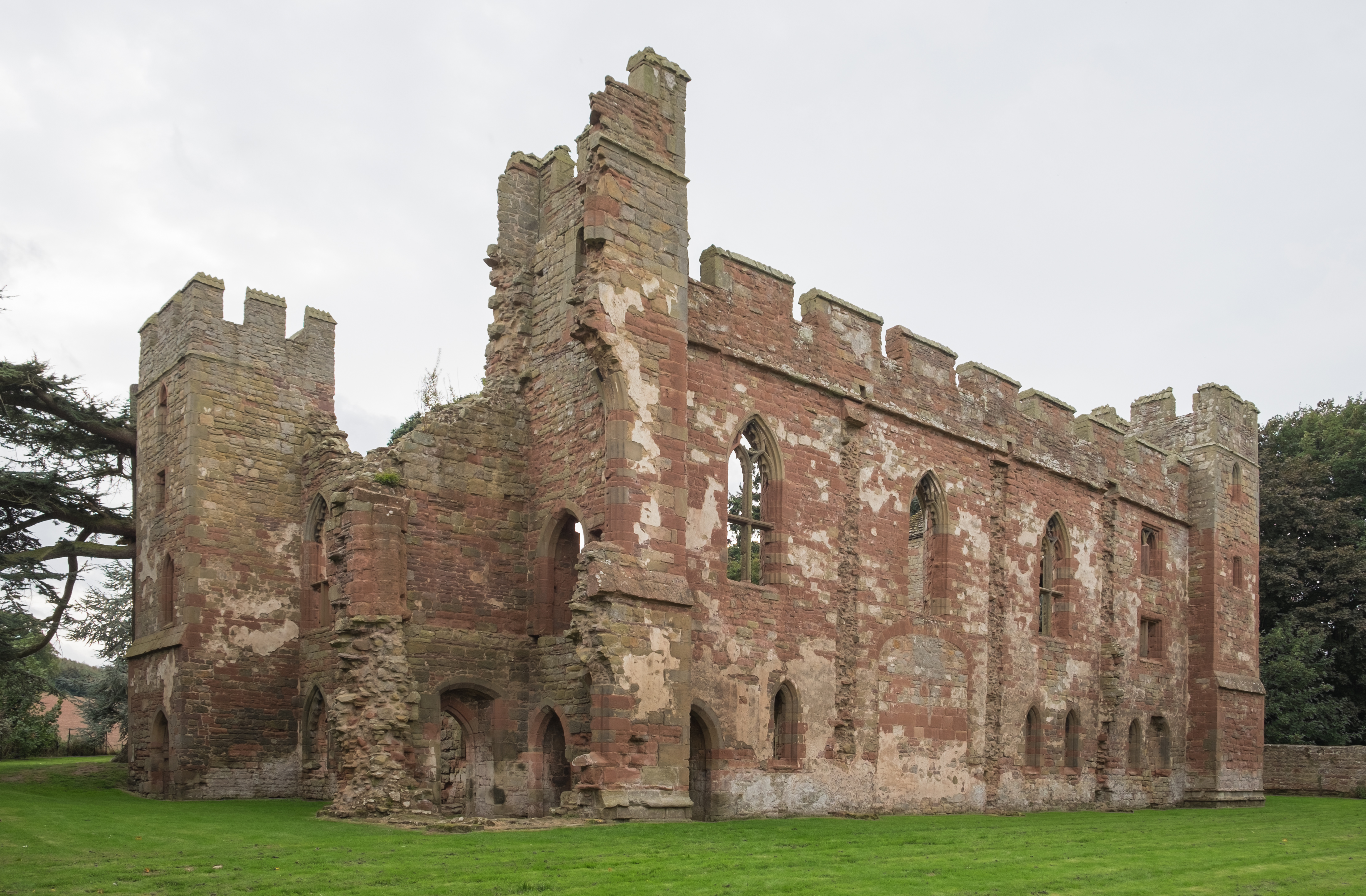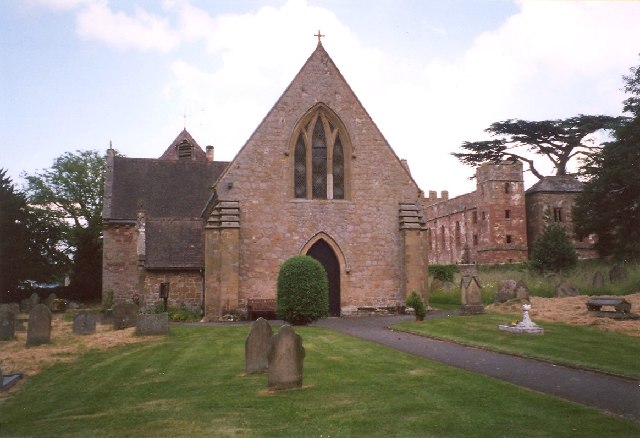Shadwell Coppice
Wood, Forest in Shropshire
England
Shadwell Coppice
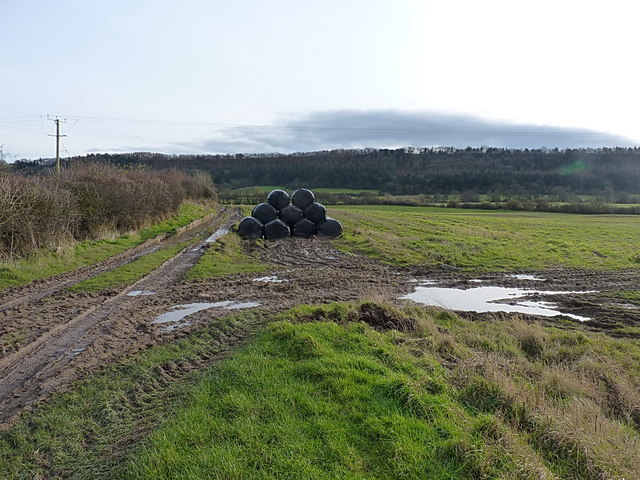
Shadwell Coppice is a picturesque woodland located in Shropshire, England. Situated near the village of Shadwell, this forested area covers an approximate area of 50 acres and is known for its diverse flora and fauna.
The coppice, which refers to a traditional method of woodland management involving the cutting of trees for their wood, has been in existence for centuries. The area is characterized by a variety of tree species, including oak, birch, ash, and beech, which provide a rich and vibrant canopy. The forest floor is adorned with a carpet of bluebells and wildflowers during the springtime, creating a stunning display of colors.
Shadwell Coppice is not only a haven for plant life but also a sanctuary for wildlife. The woodland is home to a myriad of animal species, such as deer, foxes, badgers, and an array of bird species. Birdwatchers can spot woodpeckers, owls, and various songbirds amidst the dense foliage.
The forest offers a tranquil and serene atmosphere, making it a popular destination for nature lovers and walkers. Several well-marked trails and footpaths crisscross the woodland, allowing visitors to explore its beauty at their own pace. The forest also offers opportunities for outdoor activities such as picnicking, photography, and even camping.
Shadwell Coppice is not only a natural gem but also holds historical significance. The woodland has been managed sustainably for generations, and remnants of old charcoal hearths and boundaries can still be found, providing a glimpse into the past.
Overall, Shadwell Coppice is a captivating woodland that offers a peaceful retreat and a chance to immerse oneself in the beauty of nature.
If you have any feedback on the listing, please let us know in the comments section below.
Shadwell Coppice Images
Images are sourced within 2km of 52.606298/-2.6824501 or Grid Reference SJ5301. Thanks to Geograph Open Source API. All images are credited.
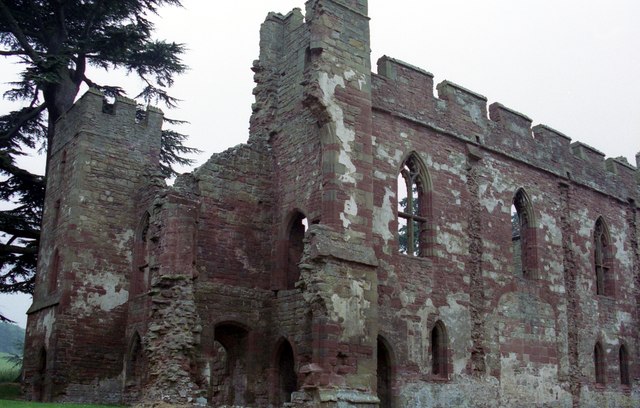
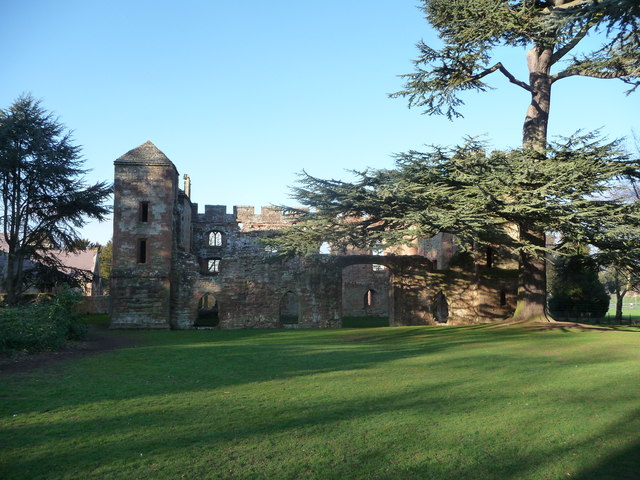
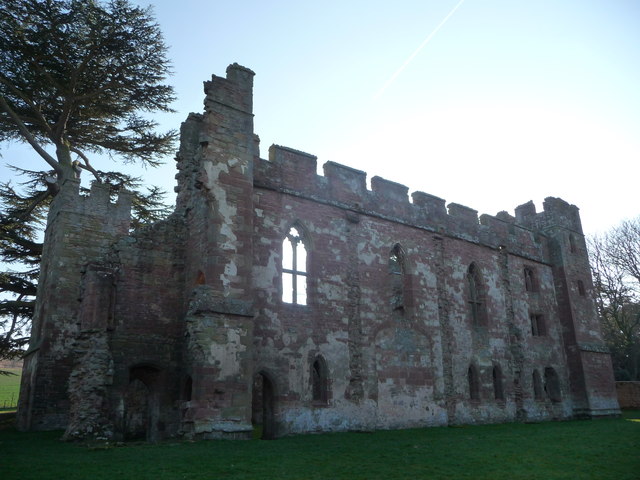
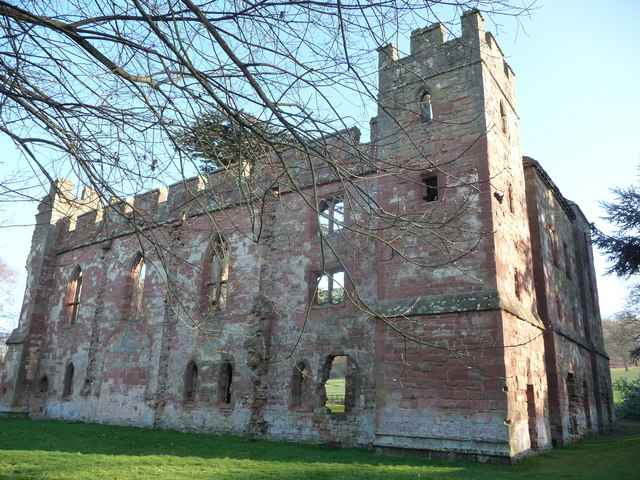
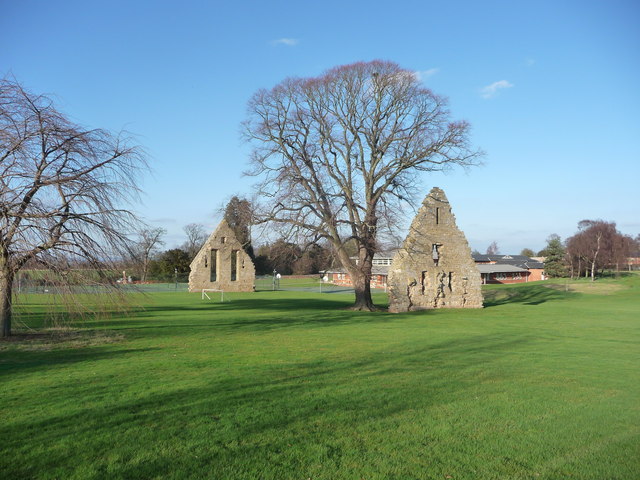
Shadwell Coppice is located at Grid Ref: SJ5301 (Lat: 52.606298, Lng: -2.6824501)
Unitary Authority: Shropshire
Police Authority: West Mercia
What 3 Words
///accompany.fell.evenly. Near Kenley, Shropshire
Nearby Locations
Related Wikis
Acton Burnell Castle
Acton Burnell Castle is a 13th-century fortified manor house, located near the village of Acton Burnell, Shropshire, England (grid reference SJ534019)...
St Mary's Church, Acton Burnell
St Mary's Church is in the village of Acton Burnell, Shropshire, England, and stands near the ruins of Acton Burnell Castle. It is an active Anglican...
Concord College, Acton Burnell
Concord College is an independent co-educational international day/boarding school in Shropshire, England situated in the grounds of Acton Burnell Castle...
Acton Burnell Hall
Acton Burnell Hall is a 19th-century country house, now used as a private school, located near the village of Acton Burnell, Shropshire, England. This...
Nearby Amenities
Located within 500m of 52.606298,-2.6824501Have you been to Shadwell Coppice?
Leave your review of Shadwell Coppice below (or comments, questions and feedback).
